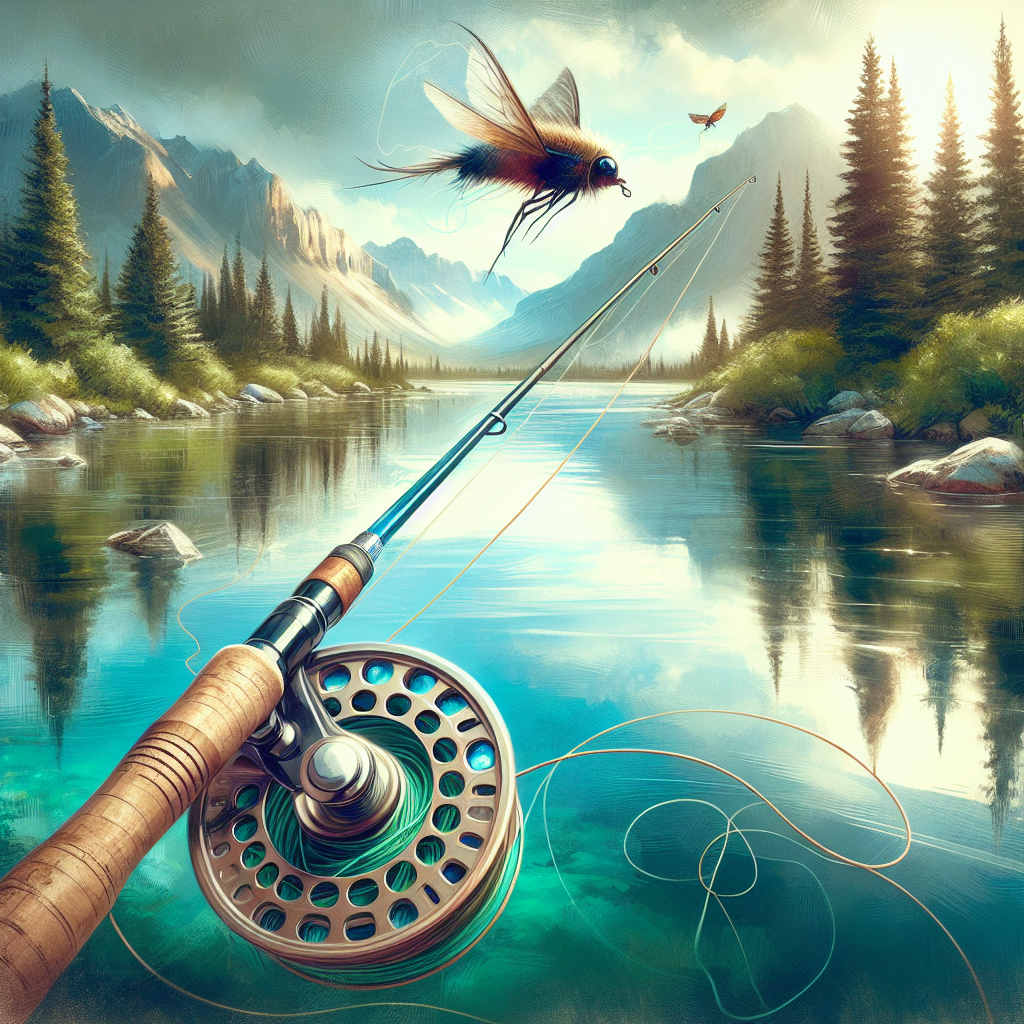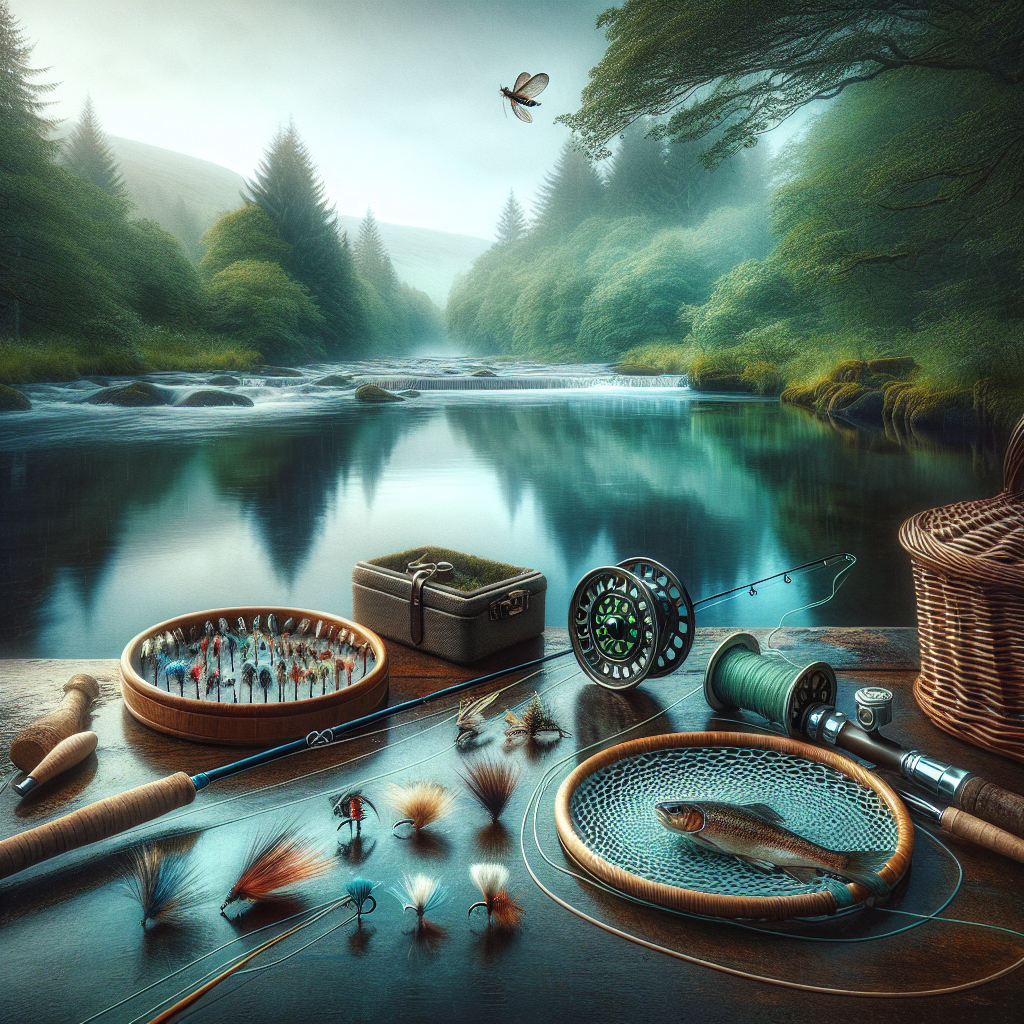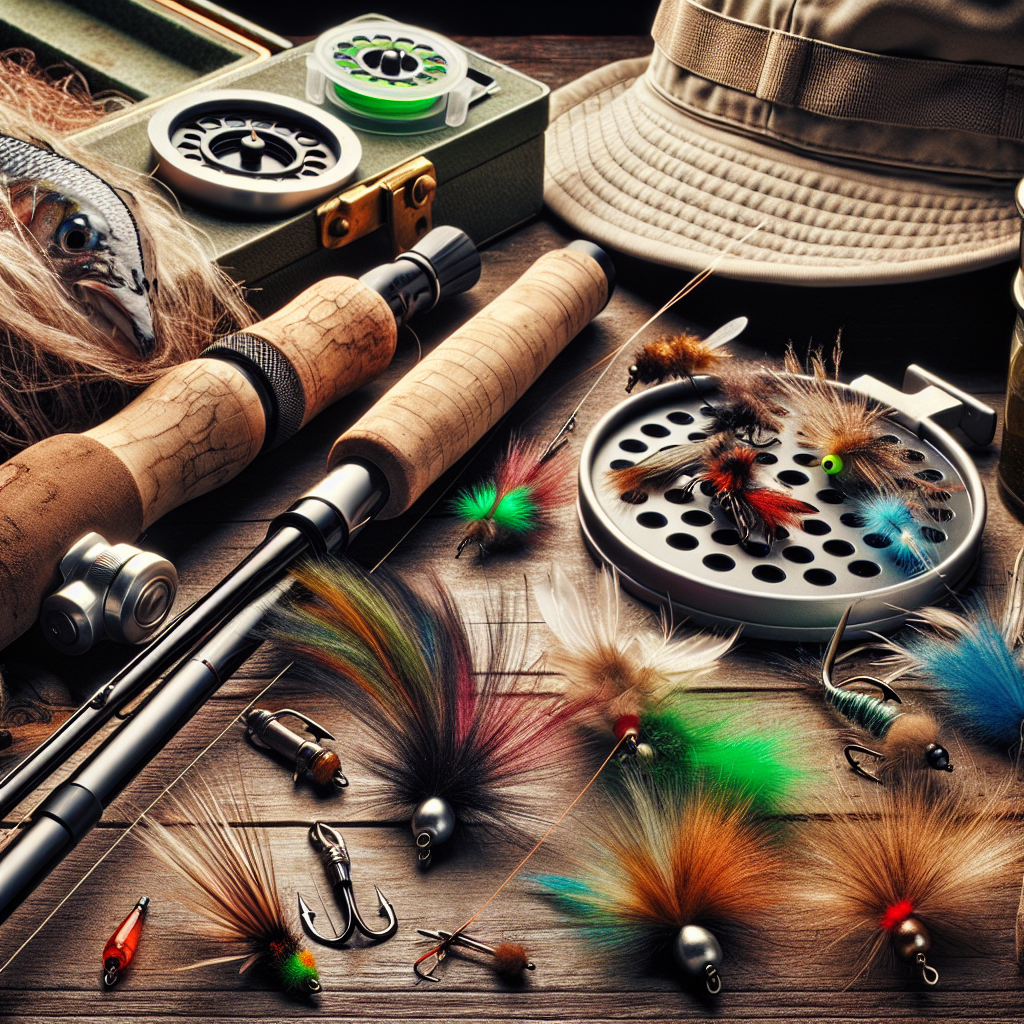The Ultimate Guide to Fly Fishing
- Mike Powers
- Aug 28, 2024
- 2 min read
Are you ready to immerse yourself in the tranquility of nature while engaging in an exciting outdoor activity? Look no further than fly fishing, a timeless pursuit that combines skill, patience, and appreciation for the great outdoors. Whether you're a seasoned angler or a beginner looking to try something new, this comprehensive guide will walk you through everything you need to know to embark on your fly fishing journey.
Getting Started
What is Fly Fishing?
Fly fishing is a specialized angling method that uses a lightweight lure - or fly - to catch fish. Unlike traditional bait or lure fishing, fly fishing relies on the weight of the line to cast the fly rather than the weight of the lure itself. This delicate presentation makes it an art form as much as a sport.
Essential Gear
Fly Rod : The cornerstone of your fly fishing setup, the fly rod's length and weight will determine how and where you can fish.
Fly Reel : The reel attaches to the rod and holds the fly line. Look for a reel that matches the weight of your rod.
Fly Line : Different lines are designed for specific fishing conditions, such as floating lines for surface fishing and sinking lines for deeper waters.

Casting Techniques
Mastering the art of casting is essential for successful fly fishing. Here are a few key techniques to get you started:
The Basic Cast : Start with a slow back-and-forth motion to build momentum, then release the line forward with a flick of the wrist.
Roll Cast : Ideal for tight spaces or when you can't make a traditional backcast, this technique keeps the line close to the water for a smooth presentation.
Choosing Flies
Flies mimic various insects or baitfish to attract fish. Common types of flies include dry flies, wet flies, and streamers, each designed to target different species and feeding behaviors. Experiment with different patterns to see what works best in your chosen fishing spot.

Where to Fish
Still Water vs. Moving Water
Decide whether you prefer fishing in lakes, ponds, or slow-moving rivers (still water) or fast-paced streams or rivers (moving water). Each environment offers unique challenges and opportunities for anglers of all levels.
Research and Exploration
Before heading out, research local fishing spots, regulations, and any necessary permits. Explore different waters, as each location presents a chance to encounter new fish species and environments.
Tips for Success
Practice Patience : Fly fishing requires focus and patience. Enjoy the process and the peace of being in nature.
Observe Nature : Pay attention to insect activity, fish behavior, and environmental conditions to improve your chances of catching fish.
Respect the Environment : Leave no trace, respect wildlife, and follow catch-and-release practices to preserve nature for future generations.

Conclusion
Whether you're seeking a new hobby, a way to unwind, or a challenging fishing experience, fly fishing offers something for everyone. By mastering the fundamentals, exploring different waters, and connecting with nature, you'll embark on a rewarding journey that goes beyond catching fish. So grab your gear, find your spot, and let the gentle art of fly fishing take you on an adventure like no other.
Get ready to cast away and discover the magic of fly fishing! 🎣






Comments